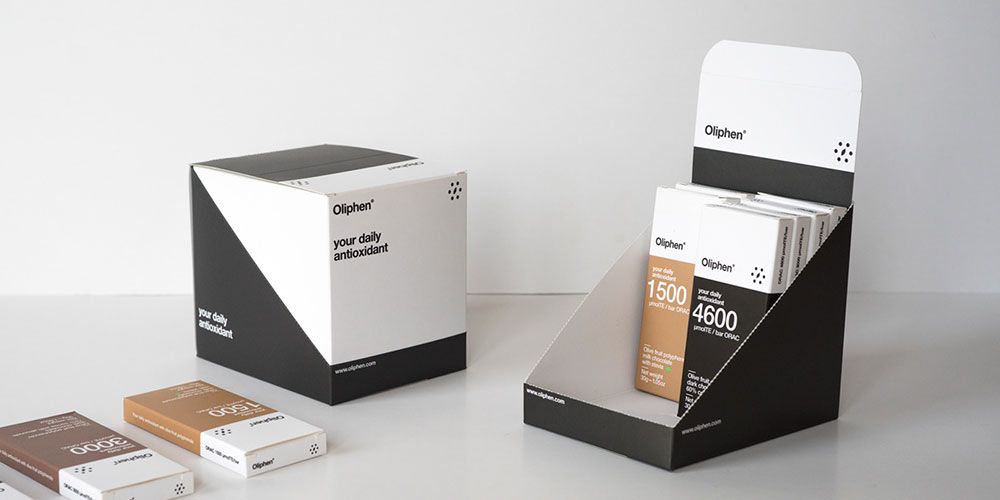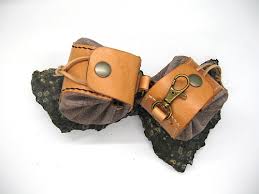In the competitive world of retail, the first impression is often the last impression. Retail display boxes play a crucial role in catching the customer’s eye, communicating the brand message, and influencing purchasing decisions. Designing packaging that stands out requires a blend of creativity, functionality, and strategic thinking. Here are some essential tips to help you create retail display boxes that leave a lasting impact.
1. Understand Your Target Audience
The first step in designing standout retail display boxes is to understand your audience. Consider:
- Demographics: Age, gender, and income level can influence design preferences.
- Psychographics: Interests, values, and lifestyle choices of your target market.
- Buying behavior: Are your customers looking for luxury, sustainability, or affordability?
Design elements such as colors, materials, and messaging should align with your audience’s preferences to create a connection.
2. Highlight Your Brand Identity
Your retail display boxes should be an extension of your brand. Consistency in branding helps customers recognize and trust your products. Include:
- Logo and brand colors: Ensure they are prominently displayed and match your overall branding.
- Typography: Use fonts that reflect your brand’s personality, whether playful, elegant, or modern.
- Taglines or slogans: Incorporate messaging that reinforces your brand values or product benefits.
For example, a sustainable brand might emphasize eco-friendly packaging and minimalist design to resonate with environmentally conscious consumers.
3. Focus on Eye-Catching Graphics and Colors
Visual appeal is critical in a crowded retail environment. Use graphics and colors strategically to grab attention:
- Bright, bold colors: These can make your display boxes stand out on shelves, but ensure they complement your brand identity.
- Contrasting elements: Combine light and dark colors or mix matte and glossy finishes to create visual interest.
- Images and illustrations: High-quality visuals can communicate product benefits or evoke emotions, enhancing customer interest.
Tip: Conduct market research or A/B testing to determine which color schemes and designs resonate most with your audience.
4. Incorporate Clear and Concise Messaging
The text on your retail display box should be easy to read and communicate the product’s value instantly. Keep these guidelines in mind:
- Prioritize essential information: Highlight product name, benefits, and unique selling points (USPs).
- Readable fonts: Use simple, clean typography that is legible from a distance.
- Minimal clutter: Avoid overloading the packaging with text. Keep it clean and focused.
For example, a beauty product might highlight phrases like “All-Natural Ingredients” or “Dermatologist Approved” to appeal to health-conscious shoppers.
5. Prioritize Functionality and Practicality
A stunning design won’t matter if the display box isn’t functional. Ensure your packaging is:
- Durable: Choose materials that protect the product during shipping and handling.
- Easy to open: Avoid overly complicated designs that frustrate customers.
- Compact: Design boxes that optimize shelf space while showcasing the product effectively.
Pro Tip: Use smart design features like compartments or pop-up elements to enhance functionality and create a memorable unboxing experience.
6. Leverage Unique Shapes and Structures
While traditional box shapes work for many products, unique shapes and structures can set your display apart. Consider:
- Custom die-cuts: Add windows or cutouts to showcase the product inside.
- Unusual shapes: Experiment with hexagonal, triangular, or other unconventional shapes to stand out.
- Interactive elements: Include features like pull-tabs, sliders, or QR codes to engage customers.
These design innovations can make your packaging more memorable and create a stronger emotional connection with consumers.
7. Consider Sustainability
As more consumers prioritize environmentally friendly options, sustainable packaging is no longer optional—it’s a necessity. Tips for eco-friendly design include:
- Recyclable materials: Use cardboard, kraft paper, or biodegradable plastics.
- Minimalist design: Reduce excess packaging to minimize waste.
- Sustainability messaging: Highlight eco-friendly attributes on the packaging, such as “100% Recyclable” or “Made with Recycled Materials.”
Sustainable packaging not only appeals to eco-conscious consumers but also strengthens your brand’s reputation.
8. Optimize for Shelf Impact
Retail shelves are crowded, and your display boxes need to stand out at first glance. Optimize for shelf impact by:
- Using contrasting colors: Ensure your box doesn’t blend into the background.
- Highlighting the product: If possible, design boxes that partially display the product itself.
- Ensuring uniformity: When grouped together, your boxes should create a cohesive and visually appealing display.
9. Test Your Design
Before finalizing your retail display box design, test it in real-world scenarios:
- Prototype testing: Create a physical sample to assess durability, functionality, and visual appeal.
- Shelf placement trials: Place your prototype on a mock retail shelf to evaluate its visibility.
- Customer feedback: Share your design with focus groups or loyal customers to gather opinions and suggestions.
Iterative testing helps you refine your design and ensures it resonates with your target audience.
10. Stay Updated on Trends
Retail design trends evolve constantly, and staying current can give your packaging a competitive edge. Keep an eye on:
- Minimalist aesthetics: Clean, simple designs are increasingly popular.
- Bold typography: Larger, impactful text can grab attention from afar.
- Interactive designs: QR codes, augmented reality elements, or gamified packaging can enhance engagement.
Incorporating modern trends while maintaining your unique brand identity ensures your packaging remains fresh and appealing.
Conclusion
Designing retail display boxes that stand out requires a balance of creativity, functionality, and market awareness. By understanding your audience, emphasizing brand identity, and prioritizing visual appeal, you can create packaging that not only attracts attention but also drives sales. Invest time and effort into thoughtful design, and your retail display boxes will become a powerful tool for growing your brand and increasing customer loyalty.




